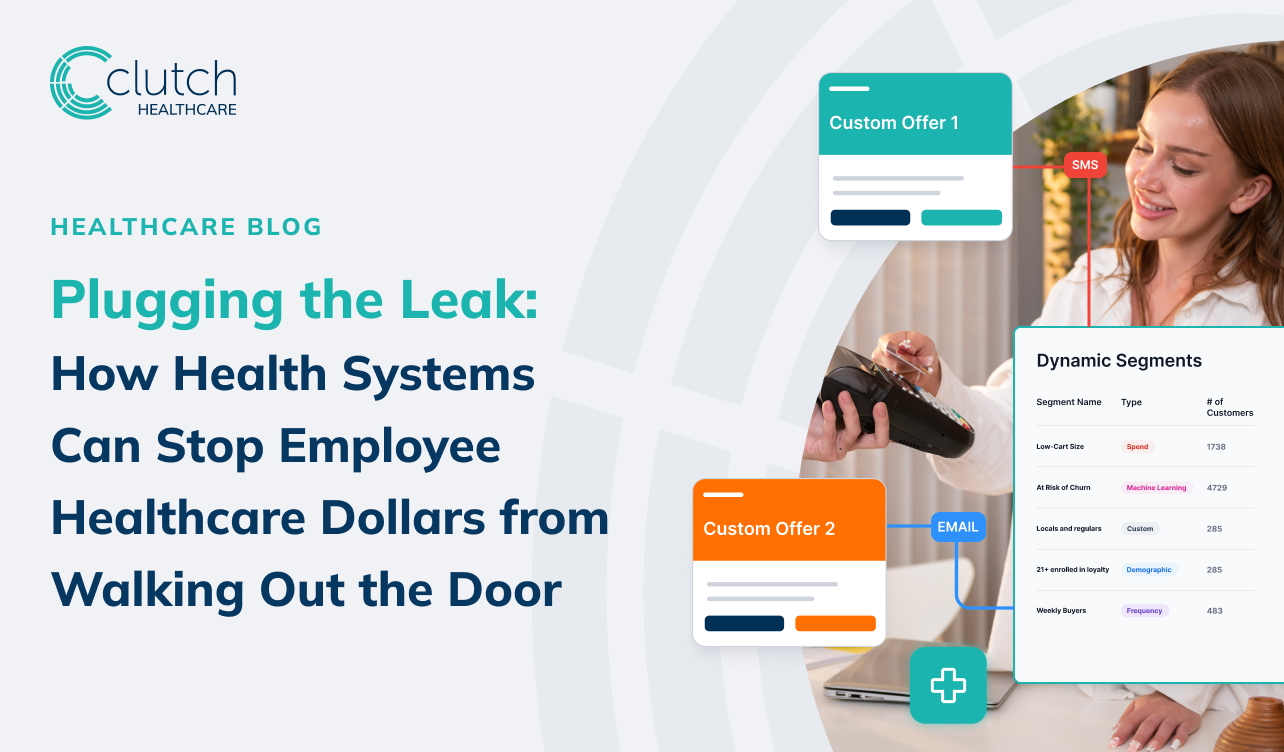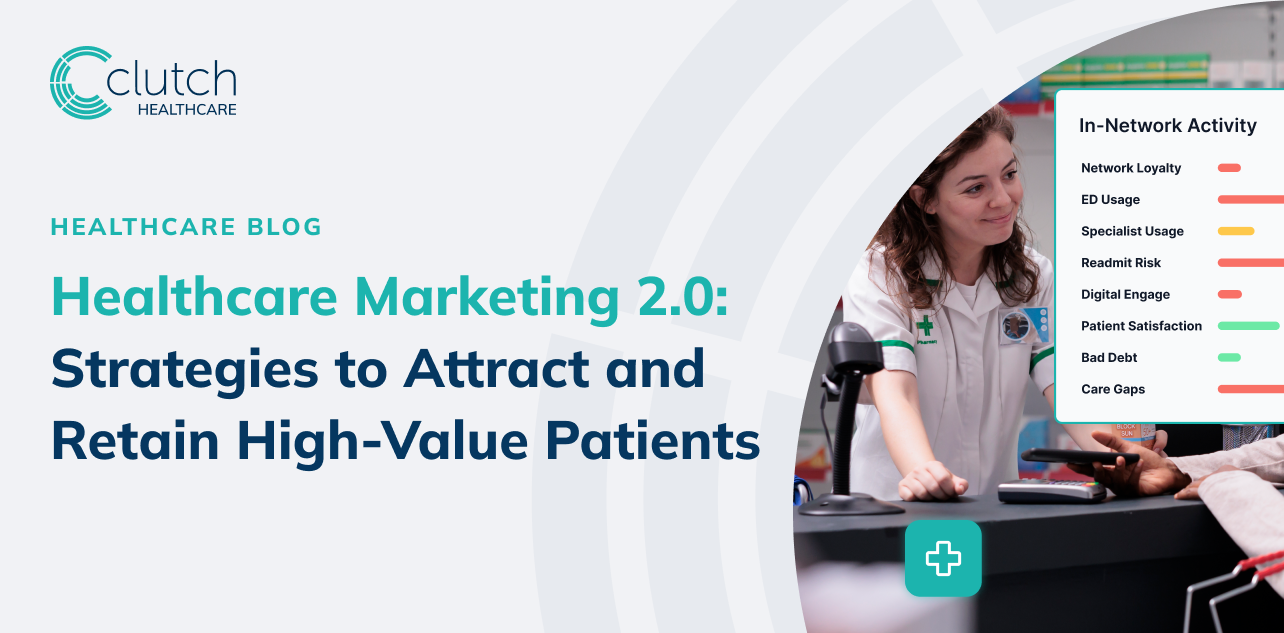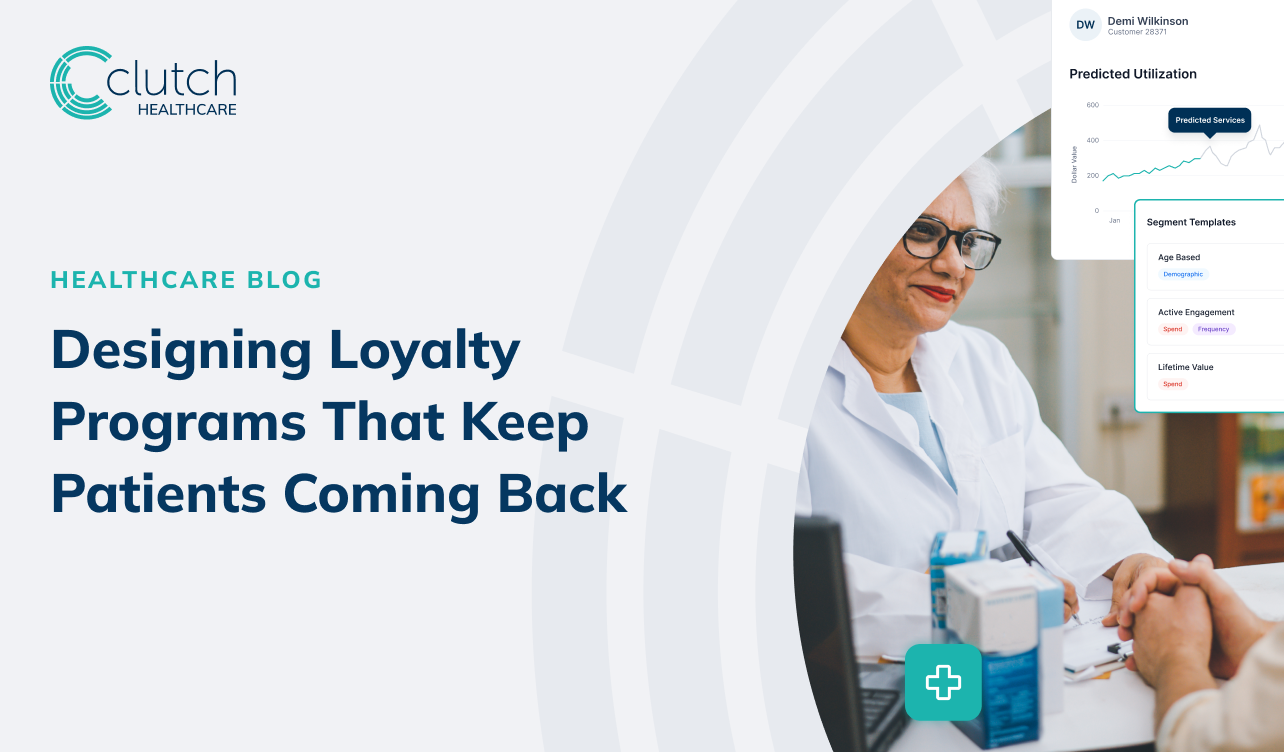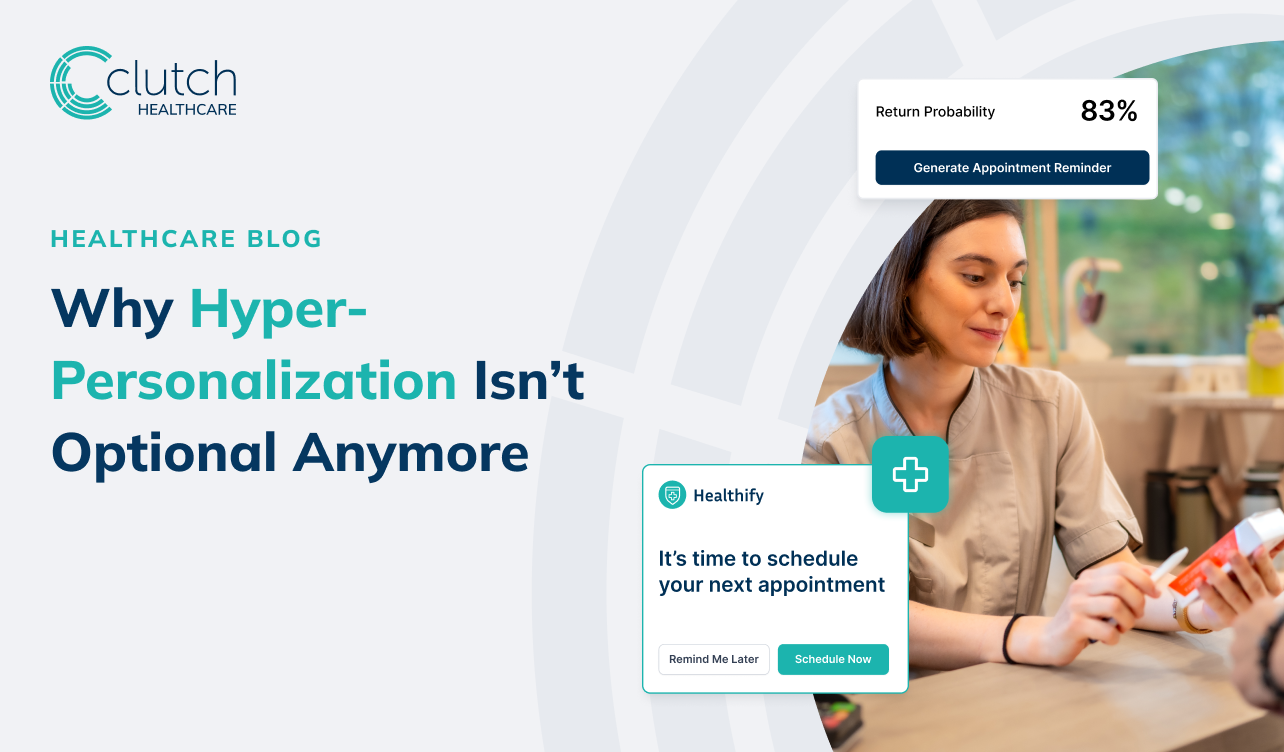Plugging the Leak: How Health Systems Can Stop Employee Healthcare Dollars from Walking Out the Door

Hospitals that self-insure their employee health plans are facing a quiet but costly crisis: employee leakage. This isn’t about turnover. It’s about employees seeking care outside their own health system for surgeries, diagnostics, specialty consults, even primary care. That leakage can cost tens to hundreds of millions annually and undermine both operational efficiency and employee engagement.
The irony is painful. Health systems invest heavily in facilities, staff, and technology, yet their own employees often bypass these internal resources. Why? Convenience. Fear. Lack of awareness. And sometimes, plain inertia. Tackling employee leakage requires more than better signage and internal emails. It demands a full-on programmatic approach rooted in data, behavior science, and hyper-personalized engagement.
Absenteeism Is a Red Flag You Can’t Ignore
Let’s start with staffing which is already stretched thin across hospitals nationwide. Absenteeism related to unmanaged chronic conditions or delayed care isn’t just a health cost issue,it’s an operational threat. Every shift left unfilled adds pressure to already overburdened teams, hurting morale and patient care.
When employees avoid care or receive fragmented services from external providers, it delays diagnosis, management, and recovery. That absenteeism snowballs into burnout, overtime costs, and staffing gaps. Keeping employees healthy and in your ecosystem isn’t just altruism—it’s survival.
Leaking Care = Funding Your Competitor
Now consider the financial implications. Every knee replacement done outside your system isn’t just lost revenue. It’s direct business handed to your competitor across the street. Every diagnostic scan referred out, every specialty consult missed, every physical therapy session done externally means you are literally subsidizing the growth of another health system.
For large systems with thousands of employees, this adds up quickly. One large Midwestern hospital system estimated they were losing over $25 million annually due to employee leakage. That’s not just a financial hit. It’s a strategic threat. You’re helping other systems build volume, market share, and brand trust on your dime.
And it doesn’t stop with a single procedure. When employees go outside, you lose the whole care journey: the follow-ups, prescriptions, imaging, and rehab. Continuity breaks down. Costs rise. And your own services sit underutilized while your rivals grow stronger.
Behavior Change Demands a Whole-Program Approach
You can’t fix this with a single communication blast or a portal redesign. Changing employee care-seeking behavior takes a coordinated, long-term strategy. That means aligning HR, benefits, care navigation, marketing, and clinical leadership.
A strong program should include:
- Incentive-aligned benefit design that rewards in-system utilization
- Concierge-style navigation to guide employees to the right internal resources
- Internal marketing campaigns that explain the value of staying in-system
- Feedback loops to identify gaps and adjust quickly
And most importantly: leadership commitment. If your own C-suite isn’t using in-system care, no amount of messaging will change behavior.
Actionable Insights Are the Game-Changer
Most systems sit on mountains of data, but few combine that with what matters most: why people don’t use care. The right analytics can expose:
- Which departments have the highest out-of-network spend
- Which procedures are most often done externally
- Which employee segments are most likely to leak care
- Which internal providers have capacity but low employee uptake
But data alone isn’t enough. You need voice of the customer (VOC) (e.g. surveys, focus groups, one-on-one interviews) to reveal friction points that analytics can't detect. Those voices often surface the barriers data misses as recent CDC data shows:
- 12.5% of U.S. adults delayed or skipped medical care in the past year because they were too busy (work or other commitments)
- 10.6% could not find an available appointment when needed
- 4.6% couldn’t get to a provider during open hours
- 4.4% had difficulty finding a provider compatible with their insurance
- 2.4% reported that travel time was too long
These numbers show that non-financial barriers like scheduling, time, access, and convenience are widespread. For a hospital’s own employees, the dynamics may be amplified: shift schedules, commuting, caregiving duties, fear that management will know private medical conditions, internal perceived complexity, or simply lack of awareness.
When you combine VOC with analytics, you can prioritize fixes that matter and tailor messaging to real pain points. For example:
- If many employees say “I can’t get an appointment when I’m free,” you can open dedicated after-shift slots.
- If “too busy” is frequently cited, you send hyper-personalized nudges reminding them care can be booked around shifts or with quick options.
- If “my doctor referred me to a specialist at another hospital” shows up, you can educate staff on network rules, postings, or embedded navigators to guide them.
This paired approach (data + voice) means you’re not just guessing what employees want. You’re responding to what they actually say.
You Don’t Need to Change Everyone’s Behavior
The goal isn’t perfection. It's impact. If you can identify the key barriers to in-system care, you can start segmenting your employee population and sending hyper-personalized outreach.
Think Netflix-level targeting, but for care decisions. Remind an employee who just searched for "orthopedic consults" that they can book an appointment within their own system. Flag someone with rising risk markers and nudge them toward your in-house chronic care management. Use digital tools, phone support, and peer ambassadors to reinforce the value of internal care.
Behavior change is possible. But it starts with relevance. One-size-fits-all messaging is invisible. Personalization cuts through the noise.
Think Outside the Box
Getting creative is no longer optional. To truly close the gap, health systems need to design solutions around real-world employee behavior and constraints. Maybe it means blocking off time slots in high-demand service lines before and after shifts, so night nurses or surgical techs can get an MRI or physical therapy without burning PTO. Maybe it means assigning a concierge to employees and their families when a rising risk is identified—someone who proactively schedules appointments, coordinates follow-ups, and removes administrative hassle.
Or maybe it's building caregiver support programs so employees balancing work and family health responsibilities don't get overwhelmed. These kinds of solutions show employees that you're not just a provider. You're a partner. And that shift in perception is the beginning of long-term loyalty.
Final Word: Treat Employees Like Valued Members, Not Just Staff
Your employees are also patients. If they don't trust your system for their own care, what message does that send to your community?
A strong in-system care program builds trust, reduces costs, protects revenue, and keeps your workforce healthier and more present. But you won’t get there by accident. You need strategy, alignment, data, and design. Plug the leak and turn your greatest liability into a source of strength.



